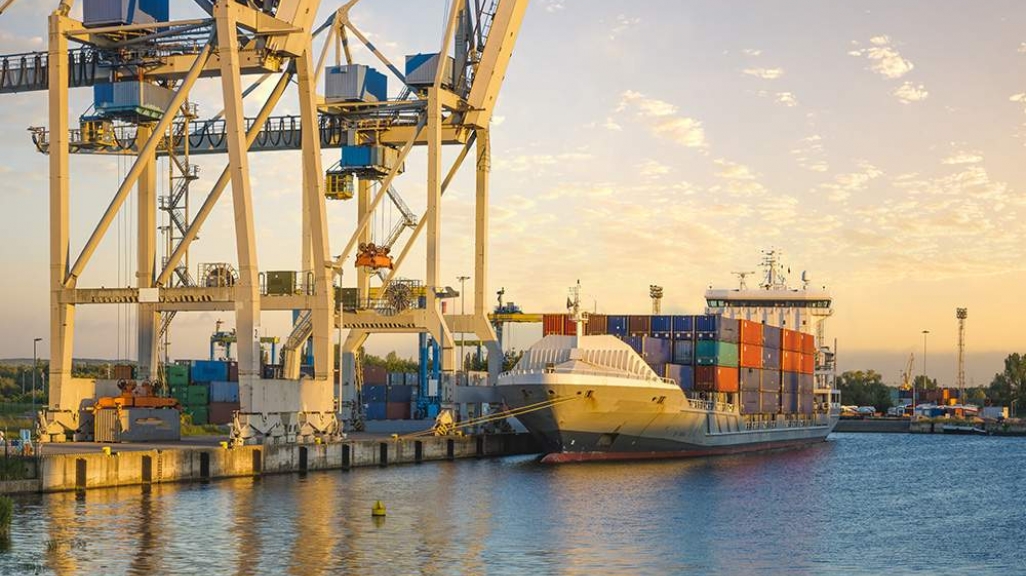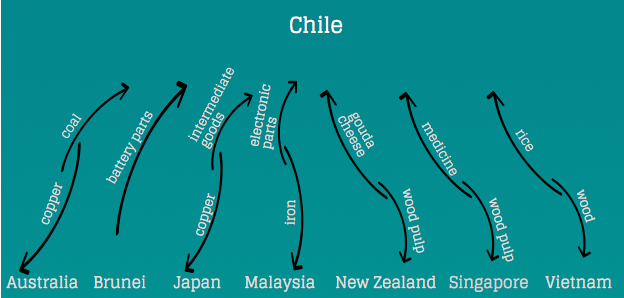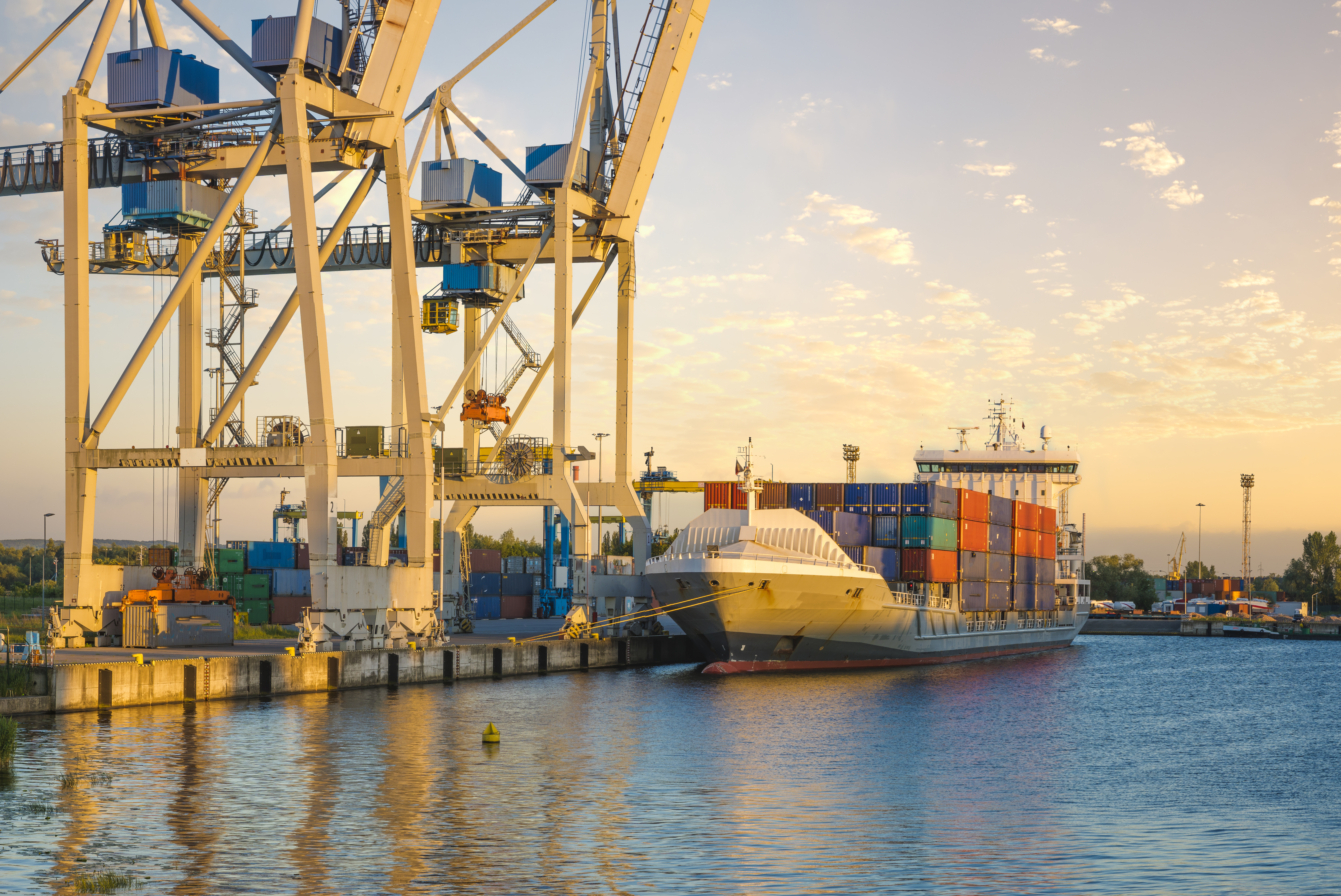Explainer: What Is the Trans-Pacific Partnership?
Explainer: What Is the Trans-Pacific Partnership?
Two of the world’s most dynamic regional markets signed an unprecedented free-trade agreement within the Pacific Rim. Learn about the negotiations through a guide detailing the origin and purposes of the TPP.
Updated, October 5, 2015—After nearly eight years of negotiations, 12 countries in Asia and the Americas signed an agreement on the Trans-Pacific Partnership (TPP) in Atlanta, Georgia, on October 5, 2015. With the deal, which will now need to be ratified by each member country, two of the world’s most dynamic regional markets moved toward integration through the establishment of a free-trade area unprecedented in size and scope. With its aim to connect the economies of the Pacific Rim, the Trans-Pacific Partnership has generated excitement and debate around the world as a twenty-first-century agreement and the first of its kind.
But what does it really mean to be a twenty-first-century trade pact? AS/COA provides an overview detailing the origin, characteristics, and purposes of the agreement.
What is the Trans-Pacific Partnership?
The TPP is a multilateral free-trade agreement currently under negotiation and designed to promote comprehensive economic integration among Pacific Rim countries. The TPP seeks to address multidimensional trade issues not included in traditional trade agreements, such as regulatory coherence and market liberalization to strengthen development and governance. The agreement also offers a chance to update aspects of existing trade pacts among countries party to the negotiations. The goal is to sign a “twenty-first century agreement” that covers critical trade-related issues.
The TPP builds upon discussions held by the Asia-Pacific Economic Cooperation (APEC) group and other multilateral forums. Although not officially affiliated with APEC, the agreement is generally viewed as a trailblazer for a Free Trade Area of the Asia-Pacific, originally proposed by APEC. Parties involved in the accord decided that the TPP should coexist with regional and free trade agreements in force, and that there should be coherence among them. At the APEC leaders summit in November 2011, TPP party countries announced the broad outlines of the agreement, which includes comprehensive market access through the elimination of tariffs and regulation redundancies, competitiveness and business facilitation, and the promotion of small- and medium-sized enterprises. The accord will address issues such as cross-border services, e-commerce, telecommunications, and the environment. The TPP is intended to be a “living agreement” that can be amended to remain relevant and allow for membership expansion.
How the TPP Came About
In 2005, Brunei Darussalam, Chile, New Zealand, and Singapore signed the Trans-Pacific Strategic Economic Partnership Agreement (TPSEP) that created the trade bloc known as the Pacific-4 (P4). This agreement was modest in scope, seeking primarily to eliminate tariffs among member countries and coordinate financial services sectors. The accord sought to improve the transparency of financial institutions and ensure fair treatment and non-discrimination of new services. In 2008, former President George W. Bush’s announcement of the United States’ interest in joining the TPSEP significantly increased the potential impact of the agreement. Since then, five additional countries have become parties to the negotiations. Australia, Peru, and the United States joined in 2009, and Malaysia and Vietnam joined the following year.
While discussions initially centered on a possible expansion of the TPSEP, the focus switched to the negotiation of a new agreement, now known as the TPP. The new framework features a much broader scope than the original TPSEP and is intended to serve as a model for future trade agreements in the region.
Who Belongs to the TPP?
Twelve countries are formally invited to TPP negotiations: Australia, Brunei Darussalam, Canada, Chile, Japan, Malaysia, Mexico, New Zealand, Peru, Singapore, the United States, and Vietnam. All 12 countries are also members of APEC. Mexico and Canada were formally invited to join the TPP as negotiating partners in June 2012. Japan officially joined negotiations in July 2013 after successfully completing domestic approval procedures.
Although the term Asia-Pacific usually refers to the Western Pacific regions of East Asia, Southeast Asia, and Oceania, it has been adapted by APEC and the TPP to denote countries in the Pacific Rim, which also encompasses the western coasts of North and South America. This broader Asia-Pacific is one of the most dynamic economic regions in the world, including some of the world’s largest emerging markets in Asia and Latin America. The 21 APEC member states hold a population of nearly 2.7 billion people, and account for over half of global GDP and more than 40 percent of international trade. The 12 countries currently party to the future TPP agreement represent 40 percent of global GDP—an amount equivalent to $27 trillion. The 12 TPP partners account for roughly one-third of all world trade.
Many TPP countries are already significant trade partners. The negotiation process represents an opportunity to upgrade existing trade agreements through promoting the protection of intellectual property, increasing openness to investment, and facilitating business transactions in member countries. As a group, TPP countries constitute the United States’ largest trading partners, responsible for 44 percent of the country’s exported goods in 2013 worth nearly $700 million, including 85 percent of agricultural exports. Thus, U.S. participation in the TPP and the pact's continued expansion will significantly reduce transaction costs between the United States and important regional trading partners. The inclusion of Mexico and Canada significantly increased the economic scope, geopolitical weight, and potential attractiveness of the agreement, while Japan’s entrance was seen as a boost to credibility and viability as a regional free trade agreement, especially among other Asian countries.
What the TPP Aims to Achieve
The TPP agreement will promote increased goods and services exchange among member countries by lowering transaction costs and liberalizing trade. By systemizing trade regulations across TPP countries, the agreement will reduce distortions in the market caused by overlapping tariff treatment and other redundant trade policies. Harmonizing rules of origin—which determine the country of origin of an internationally traded product—will help reduce business transaction costs. Rules of origin are crucial to promoting commerce in a globalized market where supply chains are dependent on inputs from multiple countries to produce final products.
Under the new TPP agreement, the share of each country’s total trade attributed to TPP countries will range from an estimated 5.5 percent for the United States to 29.3 percent for Brunei. This represents a significant increase from the intra-TPSEP shares of trade which ranged from 0.2 percent to 12.2 percent.
As a pact that goes beyond traditional free trade agreements, the TPP will also promote development and competitiveness goals. For example, the agreement will include provisions on labor rights protection and coordination among countries on common labor practices. Party countries support advancing workers’ well-being, as well as developing human capital and high-efficiency workplaces.
Weekly Chart: Trade between TPP Countries
Joining the Party: Membership
Similar to the World Trade Organization’s policy of non-discriminatory membership, the accession clause of the original TPSEP stated that the agreement was “open to accession on terms to be agreed among the parties, by any APEC Economy or other State.” The TPP parties have yet to delineate specific accession guidelines, and each member country has its own domestic process for approving new TPP countries. But as a wide-reaching and ambitious agreement, the TPP will hold its partners to rigorous standards. Countries that have expressed interest in joining must meet criteria already negotiated for liberalizing trade, in addition to addressing specific concerns posed by member parties.
The most significant condition for joining the TPP is that the new entrants must accept the terms of the agreement negotiated thus far without having seen the terms beforehand, so as to avoid “reinventing the wheel.” Countries must also take necessary legislative measures to meet the terms defined by current member countries. On October 8, 2012, Mexico announced it had formally met the ascension terms and would join the TPP as a negotiating partner. Canada announced its formal entrance a day later. On July 23, 2013, Japan was welcomed as the twelfth member. Other countries that have expressed interest in joining the TPP negotiations include South Korea, which has stated that its recent FTA with the United States will allow it to closely monitor negotiations; Taiwan, which has stated its long-term goal of meeting membership requirements for the TPP; and China, which has said it will “earnestly study” whether to seek entry into the agreement. In the Western Hemisphere, Colombia, Costa Rica, and Panama also seek to join negotiations.
Trade Promotion Authority and the TPP
In April 2015, members of the respective U.S. congressional finance committees introduced a bipartisan legislative procedure to establish rules that any presidential administration must follow when entering into and conducting trade talks with with foreign countries. Once the administration secures negotiating terms that meet U.S. trade objectives, the deal is then submitted to Congress for an up-or-down vote with no amendments. The legislation has been colloquially dubbed "fast track" for how the passage of the legislature by Congress can be expedited since negotiations are to be handled through the executive branch. TPA passed the Senate on May 22 by a vote of 62-37.
The passage of TPA waives the requirement that the president notify Congress 90 days before negotiations are to begin, as long as the president notifies the legislature of the objectives of each agreement, as well as if and when he or she is pursuing a new accord or changes to an existing deal. TPP, as well as a pair of other trade pacts currently in negotiations, were an impetus for the passage of TPA.
Andrew Parks, José Alejandro Gómez, Maha Masud, and Holly K. Sonneland contributed to this article.









